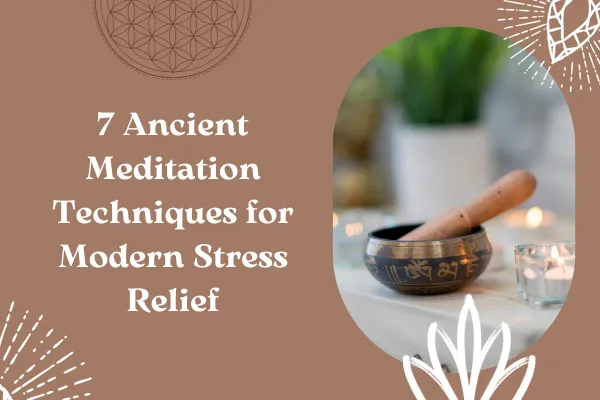
7 Ancient Meditation Techniques To Escape Stress
In today’s fast-paced world, stress is the monkey on our back. But ancient meditation techniques offer a silver lining. These timeless practices have been improved and perfected over centuries to help us find inner peace and alleviate stress. Imagine harnessing the same methods monks and sages used to maintain tranquillity amidst the chaos.
We will discover these old-age practices today. Let’s dive in. But first…
How to prepare for meditation?
Find an open, well-ventilated, and quiet spot to practice meditation regularly. Choose a posture that is not uncomfortable even if you sit for a long time. Wear loose and comfortable garments, and remove anything distracting, like a wristwatch, jewellery, or necklace.
Next, sit with your legs close to your abdomen, one over the other (it may be difficult at the start, but you’ll get the hang of it), raise your chest a little, and protrude your buttock a bit. Then comes the position of the hands – the palms should be bent, facing the sky, and placed on each of your knees.
Ancient Meditation Techniques for Stress Relief
How does meditation reduce stress? Stress and anxiety cause increased levels of the stress hormone cortisol. Meditation strengthens the body’s relaxation response to this hormone, which results in stress control. Also, it heightens your awareness; thus, you can better react to stressful occasions.
These ancient meditation practices have been performed by yogis and monks in India, Japan, and Egypt.
1. Vipassana

Vipassana is India’s most ancient meditation technique, originally derived from Gotama Buddha. It is a method of observing sensations and thoughts without judgment by developing a deep interconnection between mind and body.
To perform Vipassana, find a quiet and comfortable place. Keep your eyes shut and focus on breathing, noticing the flow as air enters and exits your body through the nose. Slowly expand your awareness to include bodily sensations, observing them completely. If you get distracted, bring back the focus on your breathing. This technique encourages a state of detached observation, which helps you develop greater mental clarity.
Modern courses of Vipassana are divided into 3 stages:
1st stage: staying away from evil doings like stealing, sexual activity, and telling lies.
2nd stage: developing mastery over the mind by learning how to focus on sensations.
3rd stage: learning meditation of goodwill towards all.
2. Transcendental meditation
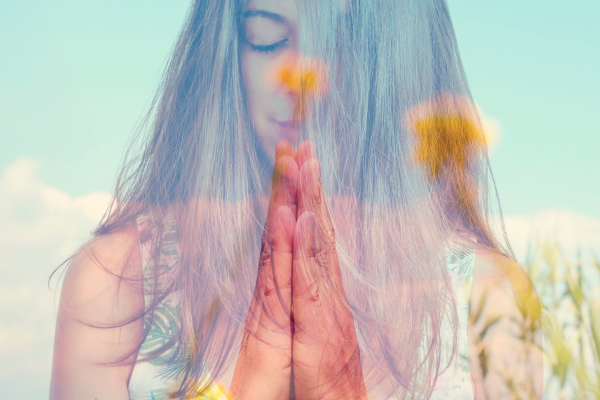
Derived from the Vedic tradition of India, transcendental meditation (TM) is a practice of avoiding distracting thoughts. To perform TM, sit comfortably with your eyes shut for about 20 minutes. Begin by taking a few deep breaths. Then, gently start repeating your mantra (a series of sacred words assigned by a certified instructor), allowing it to flow through your mind and body.
Donielle Frrberg, a certified transcendental meditation teacher, describes TM as such,
“Your mind is just like an ocean. The uppermost layers have all sorts of waves forming over them – large and small, but as you go down, the water becomes calm and settled. The idea of TM is to strengthen the deeper layers of your mind so you can remain calm even if all sorts of bustle is happening on the top layers.”
3. Taoist meditation

Taoist meditation is rooted in Taoism (a Chinese philosophy and religion). It centers on coordinating the body, mind, and spirit with the natural flow of the universe (Tao).
To perform this ancient meditation practice, find a peaceful place and sit comfortably on a chair or cross-legged. Close your eyes and focus on your breath, taking slow and deep breaths. Visualize energy circulating through your body, following a pathway that moves up the spine and down the front of the body. This movement is known as the Microcosmic Orbit.
Relax each body part progressively, from head to toe, and allow thoughts to pass without attachment.
4. Guided imagery
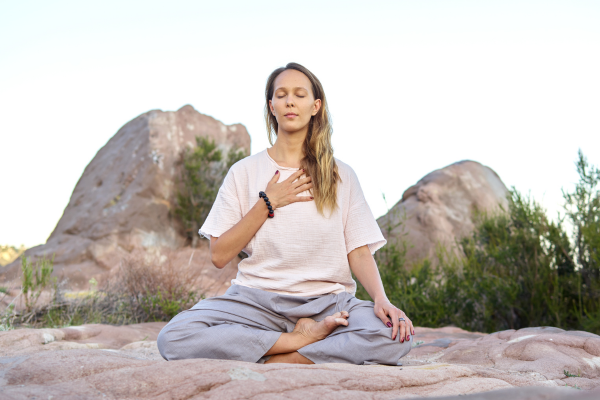
This meditation involves using mental imagery to achieve relaxation and focus. Sit comfortably and close your eyes. Listen to any guided meditation audio or follow a script. Visualize a serene place like a beach, forest, or mountain, vividly picturing the sights, sounds, and smells there.
A study was published by Victoria Menzies in 2014. In that study, women with fibromyalgia were divided into two groups. One group underwent guided imagery for 10 weeks while the other kept practicing their usual care routine. At the end of the study, the 1st group reported a significant decrease in their stress and depression.
5. Body scanning

Body scan meditation is a technique for enhancing mind-body awareness. Lie down on your back, close your eyes, and take deep breaths. Start focusing on your toes and slowly shift that focus to other body parts, up to the head.
Notice any sensations along the way, recognize them, and release tension with each breath. It’s like a gentle massage of your soul.
6. Zen meditation
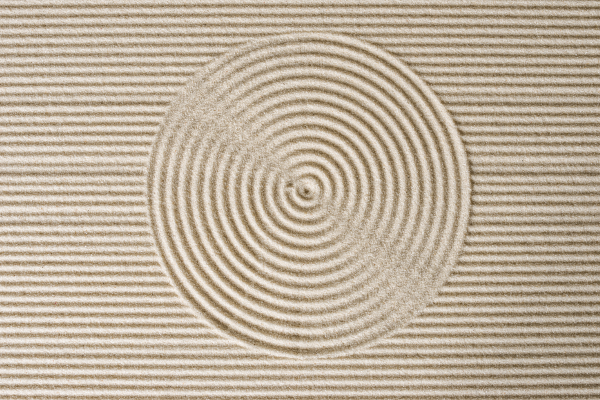
Also known as Zazen, this ancient Buddhist meditation technique focuses on the presence of mind. Sit on a chair or cushion with a straight back and keep your hands (palms facing up) on the lap. Then, gaze softly downward, keeping your eyes slightly open. Breathe slowly, counting each inhale, and exhale up to 10 before starting over.
The instructors at Yokoji-Zen advise various other postures for Zen meditation. These include Burmese posture, kneeling posture, half lotus posture, and quarter posture. You can check out each one on YouTube.
7. Tai Chi
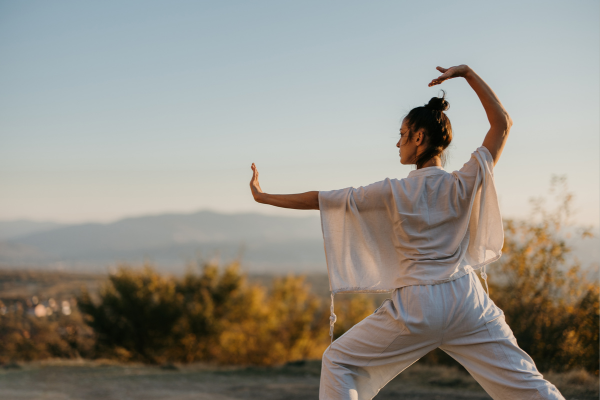
Tai Chi blends gentle movements with mindfulness to enhance relaxation. Begin in a basic stance: feet shoulder-width apart, arms relaxed at your sides, and knees slightly bent. Perform slow, deliberate movements such as ‘wave hands like clouds’ and ‘grasp sparrow's tail’ focusing on your breath and maintaining a calm, flowing rhythm.
Bottom line
These ancient meditation techniques have provided serenity to countless souls throughout the ages. You can become just another one, so why not give them a try? Remember, each day, a few moments of stillness can prepare you for life's challenges. Happy meditating.
